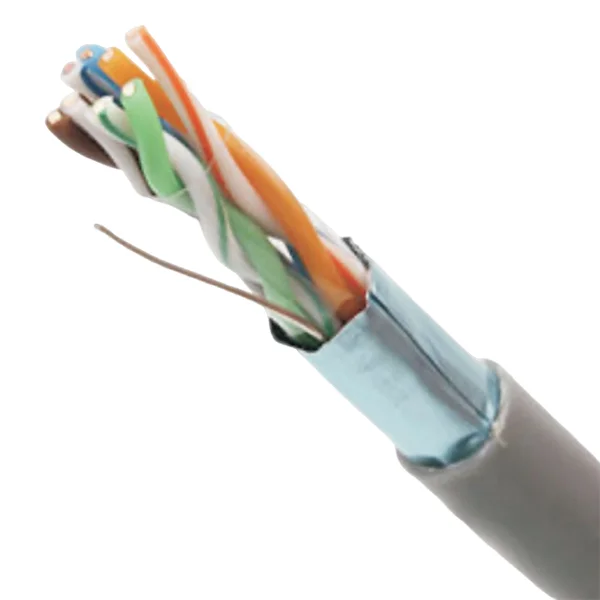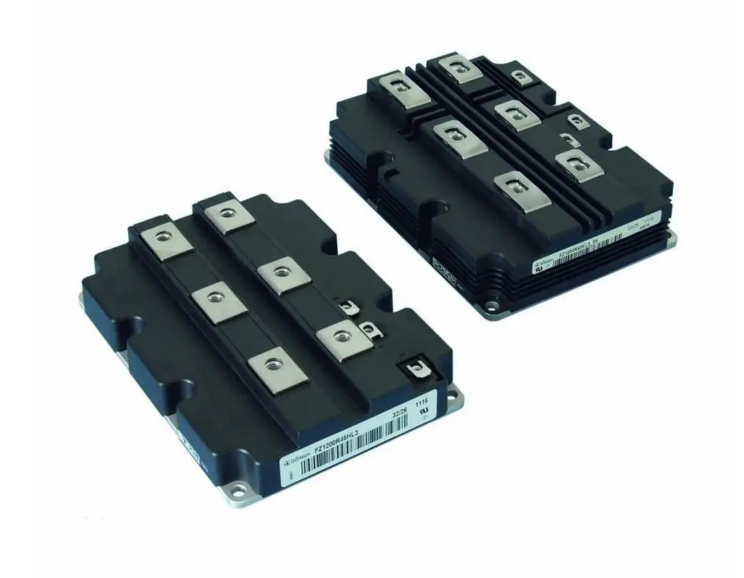In today's technologically driven world, electrical equipment plays a pivotal role in both industrial and domestic settings. However, when these systems fail, it can lead to significant downtime and financial loss. Troubleshooting electrical equipment is not merely about fixing problems; it requires a systematic approach that combines technical knowledge, analytical skills, and practical experience. This article delves into the intricacies of troubleshooting electrical equipment, offering a structured methodology to identify and resolve issues effectively.
Understanding the Basics of Electrical Systems
Before diving into troubleshooting, it is essential to understand the fundamental components of electrical systems. Electrical equipment typically consists of:
- Power Sources: These include batteries, generators, and power grids that supply electricity.
- Conductors: Wires and cables that transport electrical energy from one point to another.
- Load Devices: Appliances and machinery that consume electrical energy, such as motors, lights, and computers.
- Control Systems: Switches, relays, and circuit breakers that manage the flow of electricity.
A solid grasp of these components is crucial for effective troubleshooting.
Step-by-Step Troubleshooting Process
- Preparation and Safety First
Before attempting to troubleshoot any electrical equipment, safety should be your top priority. Always adhere to the following safety protocols:
- De-energize Equipment: Ensure that the equipment is powered down and locked out to prevent accidental energization.
- Use Personal Protective Equipment (PPE): Wear appropriate PPE, including gloves, goggles, and insulated tools.
- Understand the Equipment: Familiarize yourself with the equipment's manual, schematics, and safety warnings.
- Initial Assessment
Begin the troubleshooting process with a thorough assessment of the situation:
- Identify Symptoms: Document the specific issues observed, such as unusual noises, overheating, or failure to start.
- Gather Information: Consult with operators or users to gather insights about the problem's onset and any recent changes made to the equipment.
- Check for Obvious Issues: Look for visible signs of damage, such as burnt wires, loose connections, or tripped circuit breakers.
- Systematic Testing
Once you have gathered initial information, proceed with systematic testing:
- Use Diagnostic Tools: Employ multimeters, oscilloscopes, and thermal cameras to measure voltage, current, and temperature. These tools can help pinpoint electrical anomalies.
- Test Components Individually: Isolate and test individual components, such as fuses, relays, and circuit boards, to determine their functionality.
- Check for Ground Faults: Use ground fault testers to identify any unintended paths for electrical current, which can lead to equipment failure.
- Analyze and Interpret Data
After conducting tests, analyze the data collected:
- Compare Readings: Compare your measurements against the equipment's specifications to identify discrepancies.
- Look for Patterns: Determine if the issue is intermittent or consistent, which can provide clues about underlying problems.
- Consult Technical Resources: Utilize manufacturer manuals, online forums, and technical support for additional insights.
- Implement Solutions
Once the root cause is identified, implement appropriate solutions:
- Replace Faulty Components: If a specific part is malfunctioning, replace it with a compatible component.
- Repair Connections: Tighten loose connections or repair damaged wires to restore proper functionality.
- Adjust Settings: If the equipment has adjustable settings, ensure they are configured correctly according to operational requirements.
- Testing and Verification
After implementing solutions, conduct thorough testing to verify that the issue has been resolved:
- Run Equipment Under Load: Test the equipment under normal operating conditions to ensure it functions correctly.
- Monitor Performance: Keep an eye on the equipment for a period to confirm that the problem does not recur.
Preventive Measures and Best Practices
To minimize future issues with electrical equipment, consider the following preventive measures:
- Regular Maintenance: Schedule routine inspections and maintenance to identify potential problems before they escalate.
- Training and Education: Ensure that all personnel are trained in proper equipment handling and troubleshooting techniques.
- Documentation: Keep detailed records of all maintenance activities, repairs, and modifications to track the equipment's history.
Conclusion
Troubleshooting electrical equipment is a critical skill that requires a blend of knowledge, experience, and methodical thinking. By following a structured approach, you can effectively diagnose and resolve issues, ensuring the reliability and longevity of your electrical systems. Remember, safety is paramount, and investing time in preventive measures can save you from costly downtime in the future. Embrace the art of troubleshooting, and empower yourself to tackle electrical challenges with confidence.



